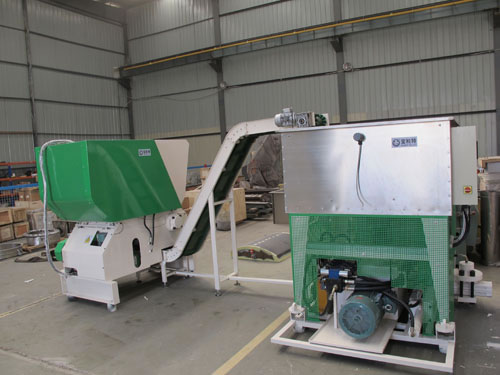Hot-Blast Furnace
Description
Hot-blast furnaces are used to provide dryers with hot air so that raw materials can be dried. The fuels of furnaces can be rice husks, straw, barks, bagasse, waste woods, sanding powder, pellet fuels, etc. In addition, the hot blast stove can also burn with compounds of biomass fuels and coal. According to different burning situations, hot-blast furnaces have some measures to take, like increasing the height of combustion chamber and secondary air jet burning. These measures can assure stable burning and sufficient firepower.
Features
- Hot-blast furnaces have complete type specification and mature technology.
- Hot blast stoves can work with low energy cost and meet environmental requirements.
- Degree of automation is high. Hot air stove can load materials and dedust automatically. In addition, manual loading materials is also available.
- Hot-blast furnaces have strong adaptability to fuels.
- It has compact structure and can be installed easily. The appearance design is elegant.
- The quality of the hot blast stove is reliable. It has low failure rate and can be used safely.
Advantages
- Panda Pellet Company has cooperated with top European manufacturers for over 30 years. It brings us with the vigor of quality and technology.
- Hot-blast furnaces are made in China, which brings us price advantage.
- We have a team of expert engineers. They are ready to offer technology service for hot blast stoves to customers all over the world.
Payment, Packing and Transportation
We offer T/T and L/C payment.
Hot-blast furnaces are packaged with vacuum waterproof polyethylene plastic films, and wooden cases for external use. We adopt ocean, land, air transportation or joint sea-and-rail transportation.
According to materials with different properties, Panda Pellet Company has developed different subsidiary machinery, like small bag packing machines, briquette shrinking packing machines, hot-blast furnaces, etc. Hot blast stoves are sold well all over the world and are exported to Eastern Europe, Southeast Asia and South America.

- BPP-BP 250-Indian Biomass Briquette Production LineWaste paper is firstly shredded and then transported to briquette presses for extrusion by belt conveyors. Briquettes made of waste paper are easier to be ignited. What’s more, this biomass briquette production line realizes the recycle...





